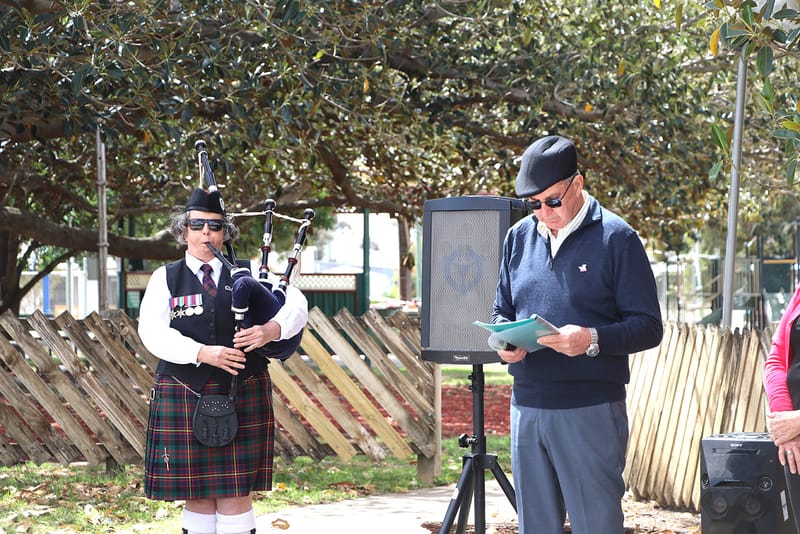Percy’s Poultry
I think we can all agree that last year was a difficult year. The COVID pandemic certainly posed some challenges for us all, for me personally, a metastasized melanoma diagnosis at the end of 2019 added to the chaos that was to become 2020. But...
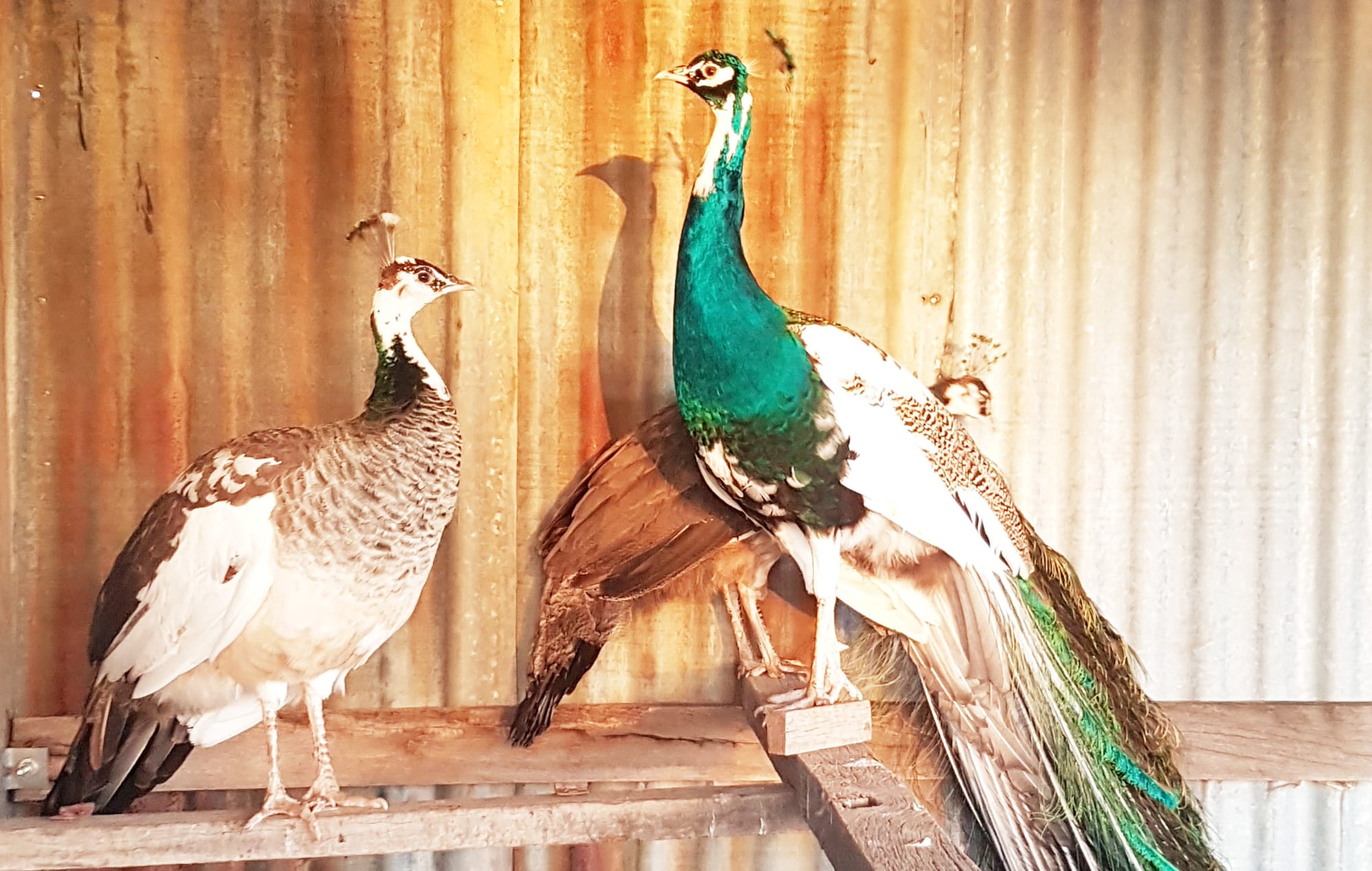
I think we can all agree that last year was a difficult year. The COVID pandemic certainly posed some challenges for us all, for me personally, a metastasized melanoma diagnosis at the end of 2019 added to the chaos that was to become 2020.
But there is one challenge during last year that has not necessarily been made public in my updates, because it had nothing to do with either cancer or COVID, though for me, was just as life-altering.
In May, 2020, I had to say “goodbye” to a very dear friend and companion, my horse, Percy.
This story is not about him, though his story certainly deserves to be told. My grief is still too fresh for those words. Not only did I lose my beloved horse, I also had to let go of riding; my favourite activity that has brought me joy since childhood.
With my current health conditions, I can no longer make the commitment of time or physical investment into building a relationship with a new horse. Not that one could ever fill Percy’s boots; how do you replace the perfect horse?
Empty Places
Owning a horse is a lifestyle choice. It influences the vehicle you drive, the clothes you wear, the place you live.
Your shed is full of furniture and the spare room is filled with saddles (horse people out there, you know a version of this concept is true). Percy moved to the region with me from Queensland and we had a very long, happy and respectful friendship over the years.
Injury and advanced age combined, took Percy from this world before I was prepared to let him go; and, during a particularly rough year, I missed his big shoulder to cry on.
Without Percy’s raging appetite, the yard actually had to be mowed! His stable stared empty at me from the house, and his smell slowly washed away with the rain; the passing of time didn’t lessen the sorrow, but deepened it.
So, in an effort to convert that sorrow into joy, Keith put in the effort to convert Percy’s stable into a pen in which to house (of all things) a peacock! As a kind of belated birthday present to myself from “us”, Keith and I worked together to wind up with a peacock and two hens now residing in Percy’s “place”.
The Possibility of Poultry
I remember visiting a farm as a child near Toowoomba that had peacocks. I never forgot the call that they make as being somewhat clumsy, yet still beautiful (words that could also be used to describe Percy).
After a visit to Halls Gap Zoo, and since we live on a farm anyway, I became convinced owning peacocks may be an interesting source of joy (at least an attempt) to combat the grief; that their haunting call might add a different dimension to the landscape. I was right.
We purchased our three birds from a knowledgeable lady whose enthusiasm encouraged me to learn more about our feathered new additions. For example, I was familiar with the colouring of the Indian Blue peacock, and also knew there was a white variety, but had never heard of the pied colour, or something else called “split-to-white”.
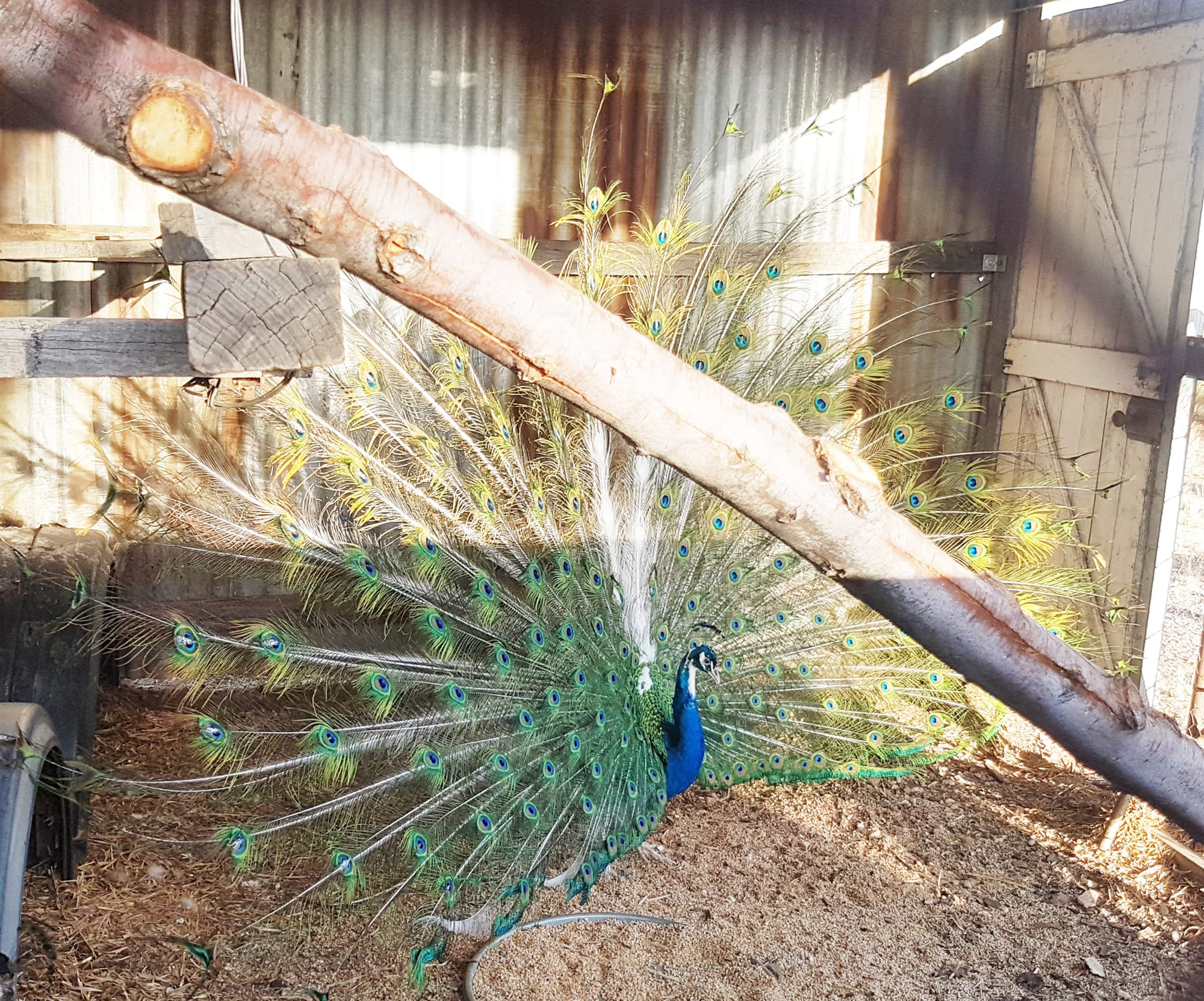

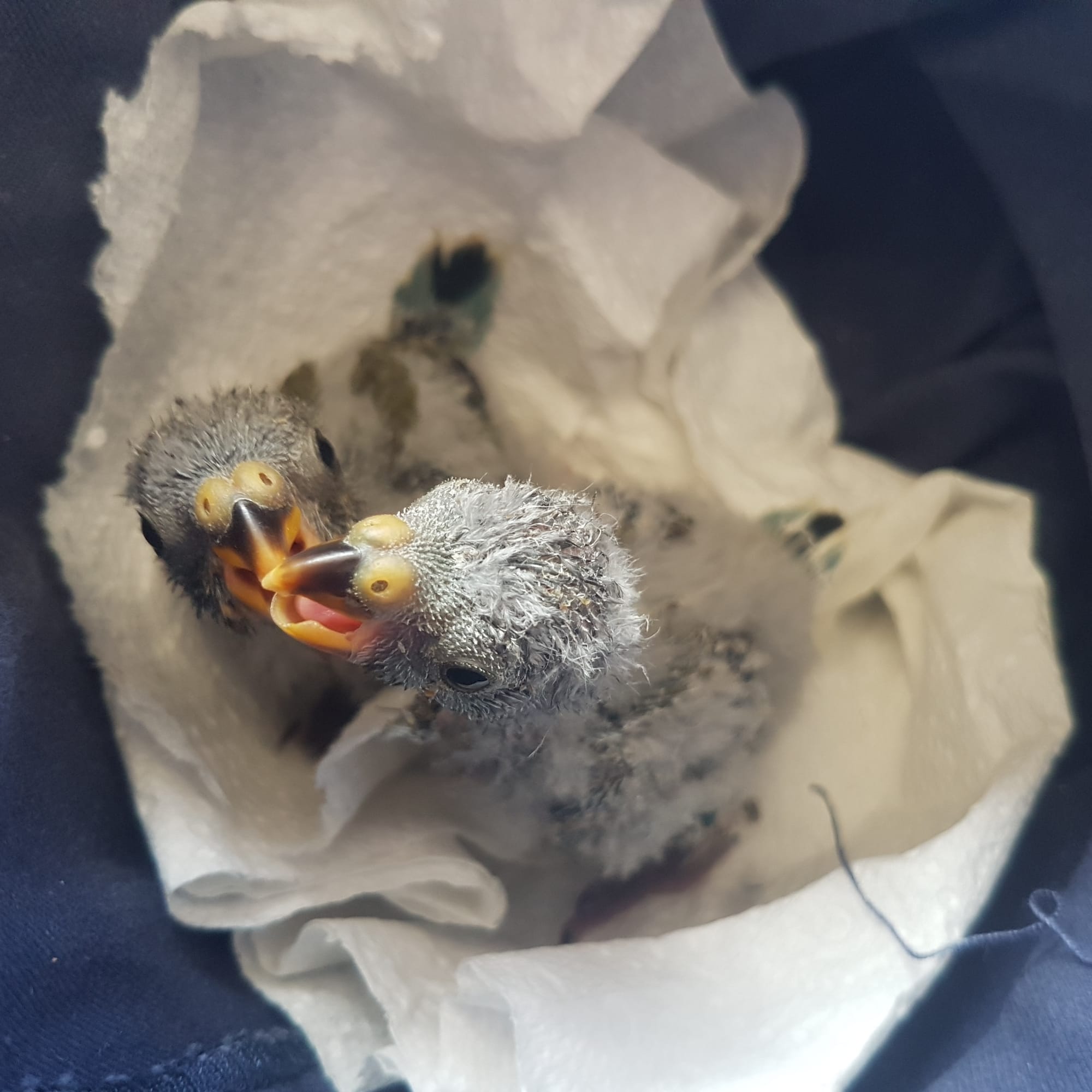

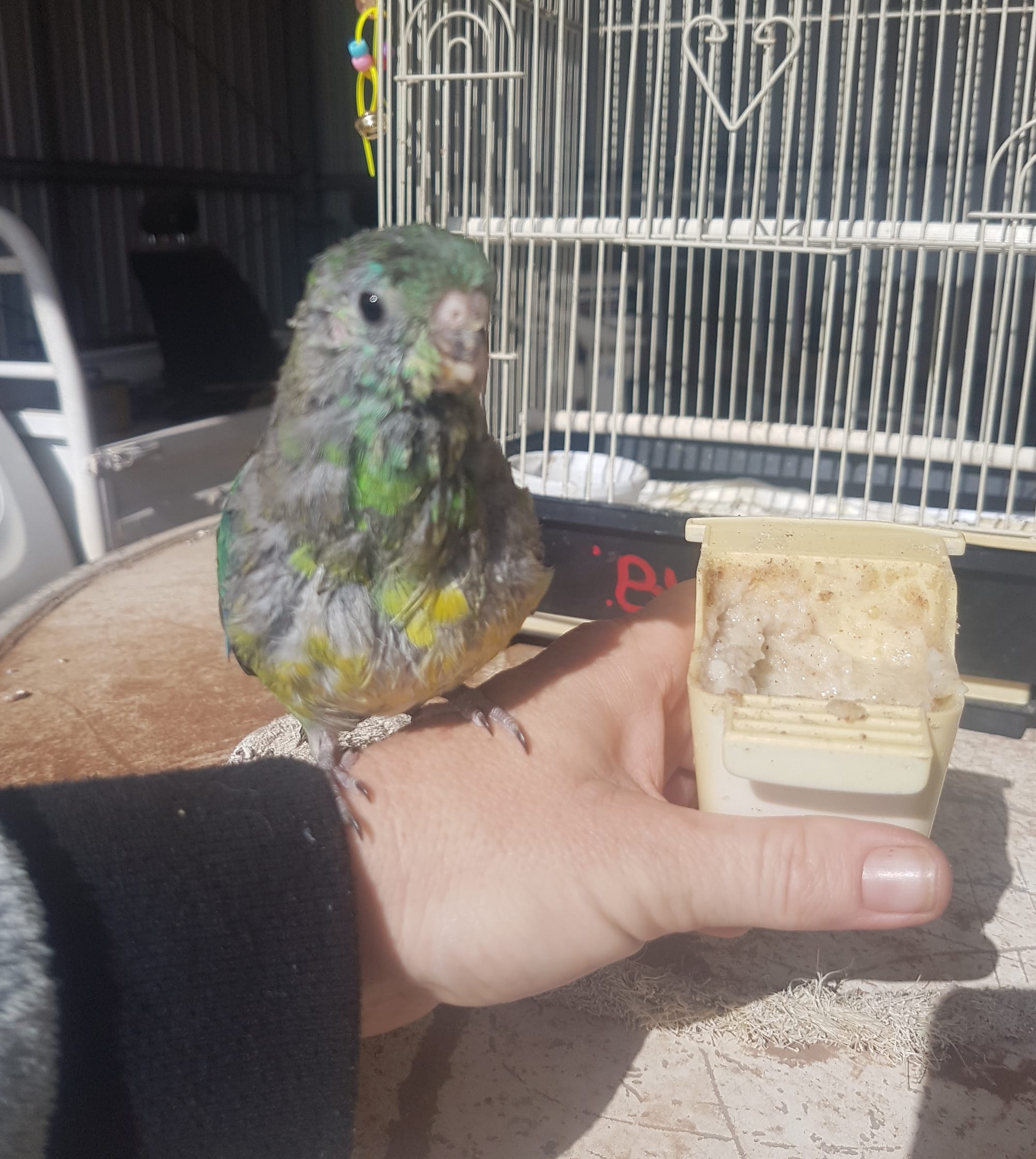
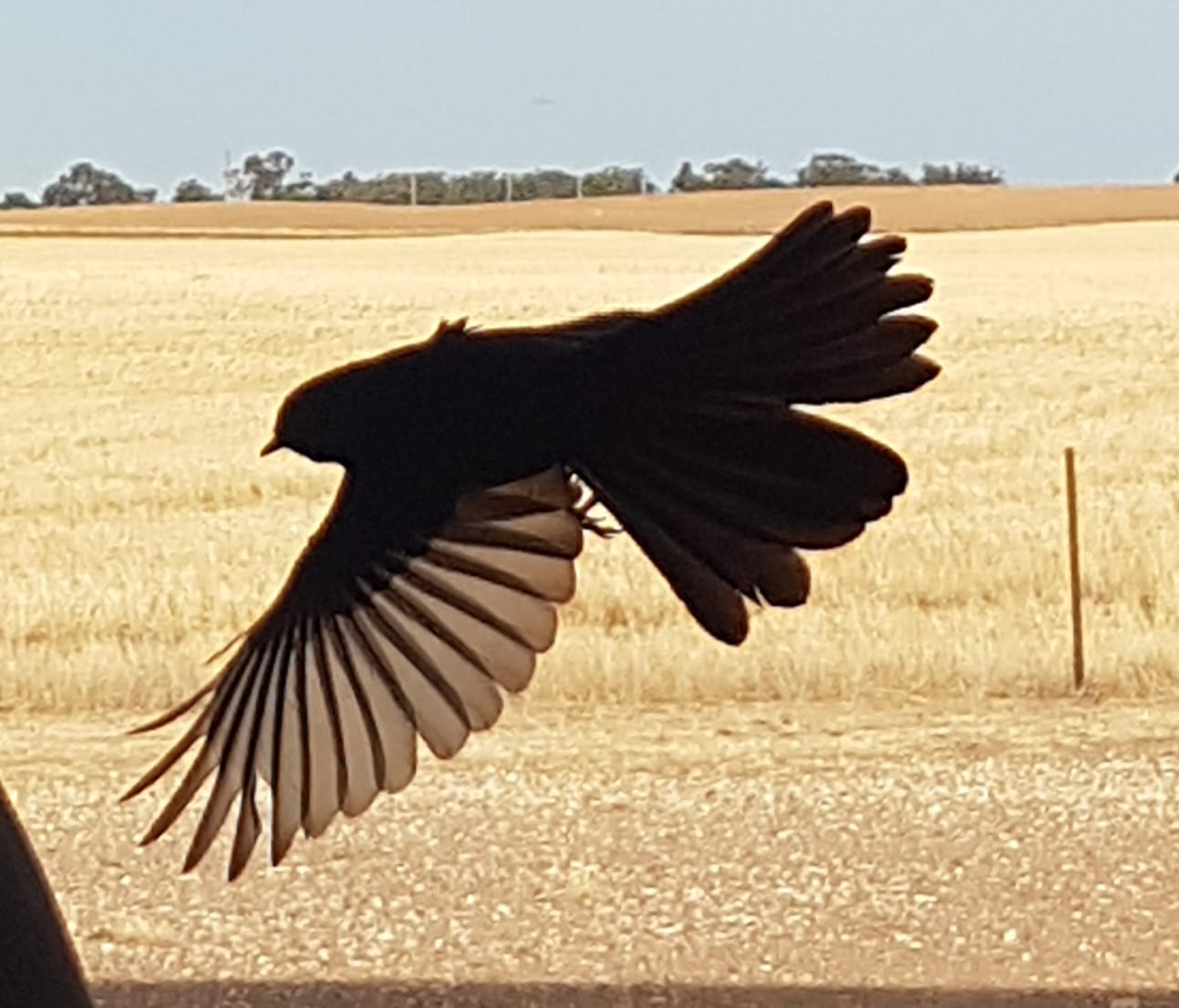
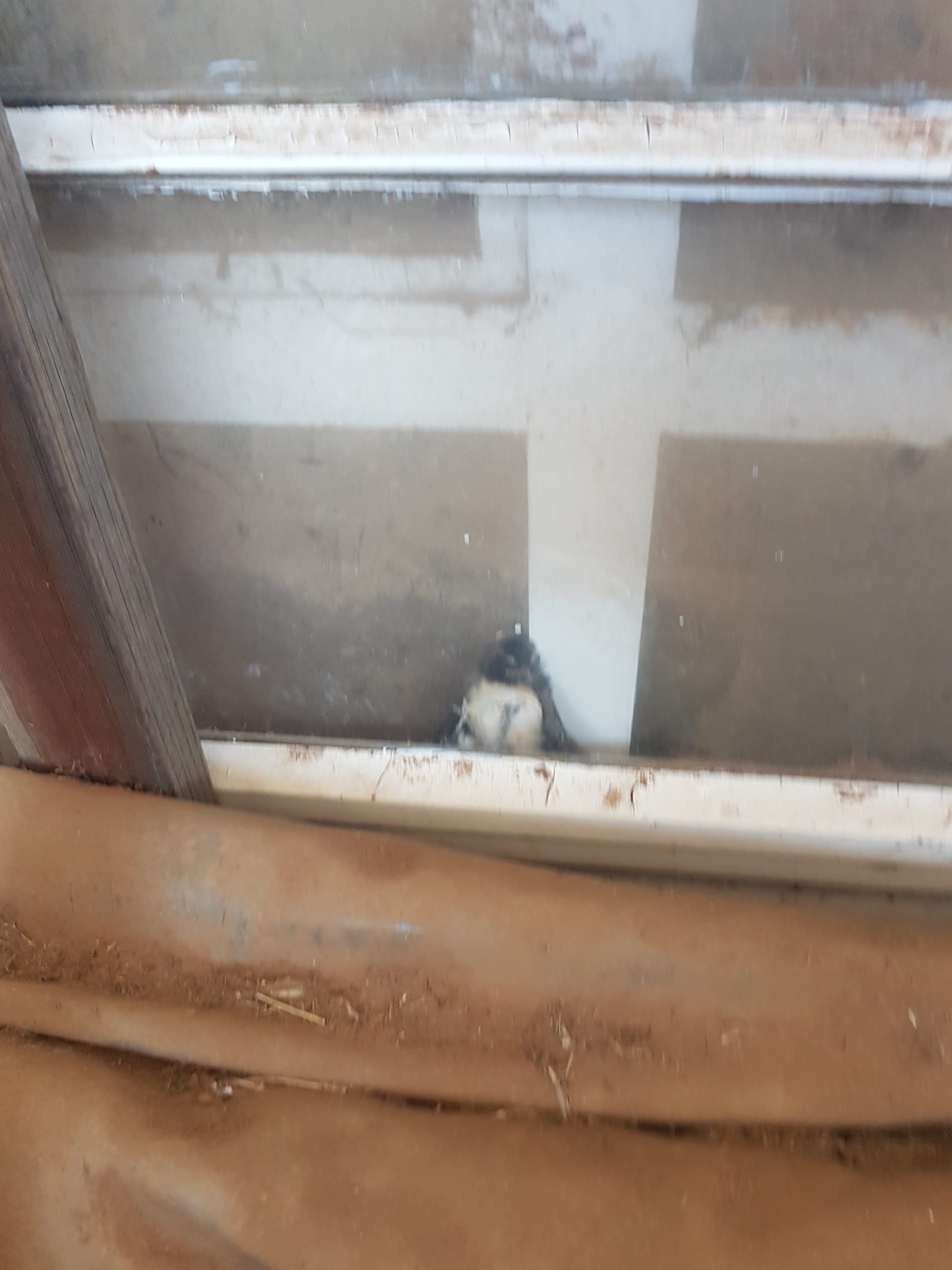
We ended up with an older pied male, I called “Neville”, an older pied female called “Cindy”, and a younger split-to-white called “Lindy”. Not that I have an interest in breeding from these birds, but I am told that genetic combination could result in just about any colour variety in the chicks.
My interest is in having them freely roam about the farm. Though peafowl are not strong flight birds, they can still travel great distances, so I was advised to keep them caged at least until the end of their breeding season (March).
In the Meantime
My new exotic pets were safely penned in Percy’s old stable in time for spring when, all of a sudden, it seemed that birds were everywhere! What a delightful distraction! One morning revealed two red-rumped lorikeet babies that had been evicted from their nest during a storm the night before; a male and a female I quickly named “Clutch” and “Noisy”.
With some much-needed guidance and help from someone more knowledgeable, I took on the role of “mumma bird” raising the chicks until they were old enough to be released. I took great joy in the fact that, for some time after they were released, they continued to fly down from the trees on to my shoulder to say “g’day”, eat some tucker and fly off again.
In the area of the shed where they were released, a local Willy-Wagtail family took offence to the location I chose. Their baby birds were learning to fly at around the same time and we often got in each other’s way, but as pictures show, at least once we came to the rescue.
Add to the Pack
Now we’re into the new year, and although I still miss Percy, I have grown to love hearing our peafowl’s call and their special song at sunset. I am still excitedly awaiting March to give our new additions the freedom to roam on the property; however, my pretty birds are admittedly a bit “precious”; flighty and sensitive. I am a little worried it will be Neville’s pretty tail that will be the last thing I see flying off into the distance.
After a bit more research on the benefits of free-range game birds, many discussions with people about their experiences, and one very convincing YouTube Video (search “Snake vs. Guinea Fowl”); Keith started to get keen on the idea of keeping Guinea Fowl.
Now, the body of a guinea fowl is quite beautiful and the striking pattern of their feathers is almost hypnotic, but their heads are SO UGLY! And so is their sound! Could I handle a pack of noisy little raptors on the property?
After hearing the benefits, I had to concede. The ugly, noisy little buggers are compatible with and much hardier by comparison to peafowl. And reportedly they make for great alarms. They’d call out for all sorts of handy reasons; the presence of a snake, feral cat, a fox, visitors. They’ll keep bugs down, fertilize the ground, attract other wildlife (hopefully the right kind).
They’ll still be ugly, though. Maybe they’ll encourage the peafowl to stick around? Maybe we can test freedom out on them; make guinea pigs of the guinea fowl. Maybe we’ll get some . . .
We ended up with NINE OF THEM! To hell with it, right? You only live once! And I must admit, the chicks are pretty cute! We have five 3-week-old chicks (so CUTE!) and four 14-week-olds (so UGLY!) and now we wait out till March for the free-roaming excitement to begin . . .
A dozen birds will never fill Percy’s place, but will definitely add a new dynamic to our little farm, and instead allow us to witness changes in our surrounds and invite new experiences. We’re just going to wing it with our feathered new friends; learn as we go. And when we finally set them all free, I’m going to ask myself, “What could possibly go wrong?”




